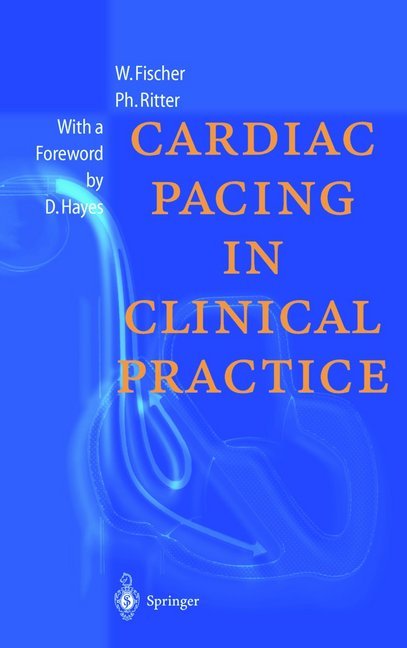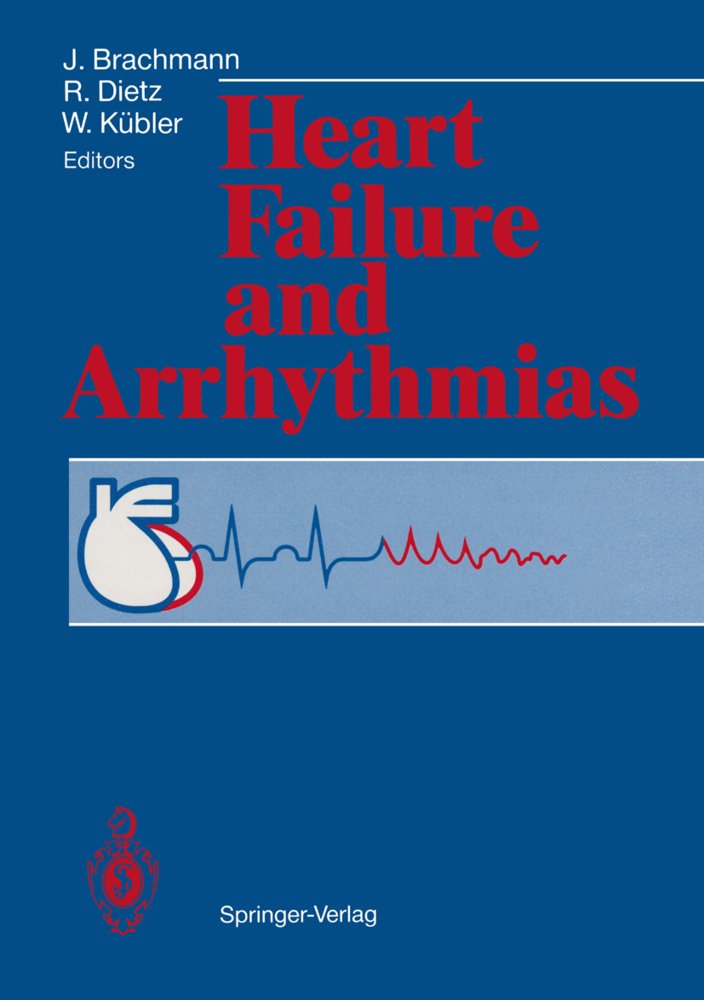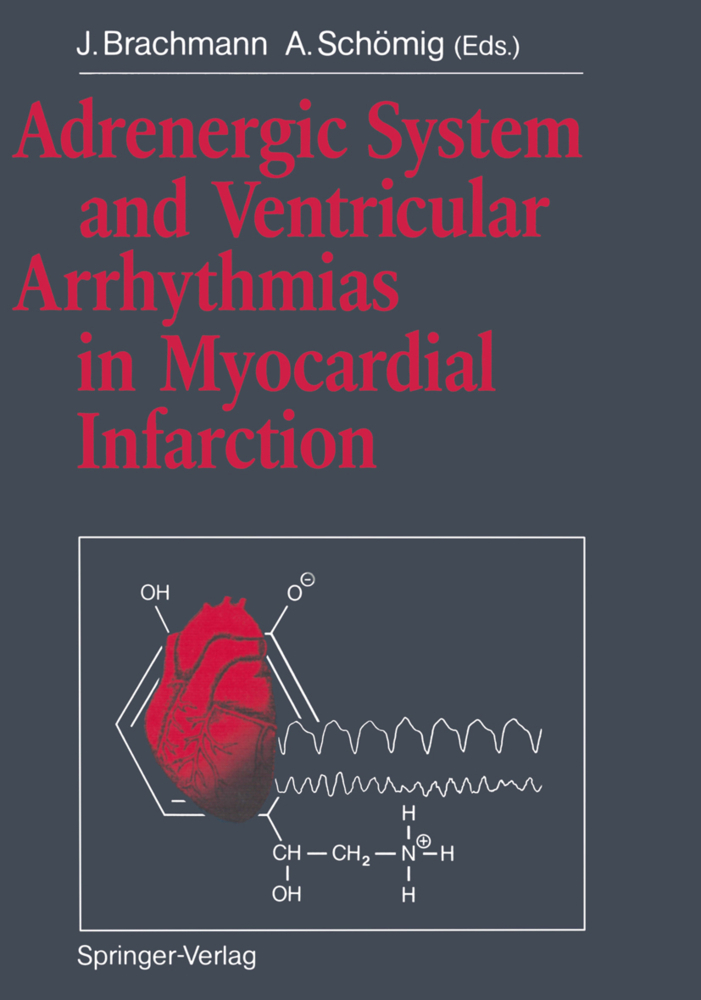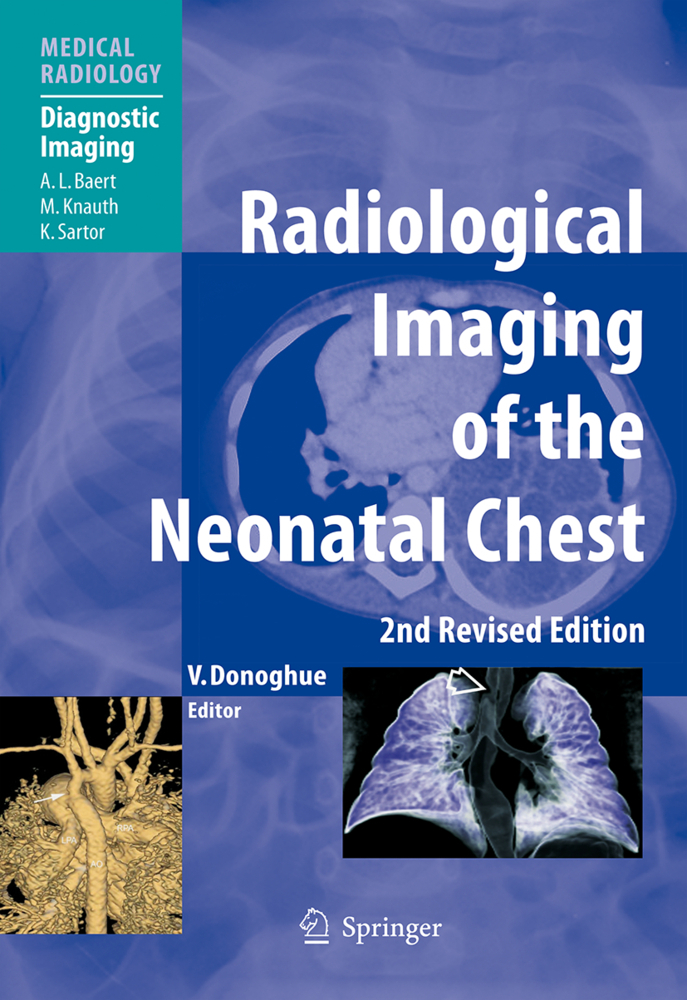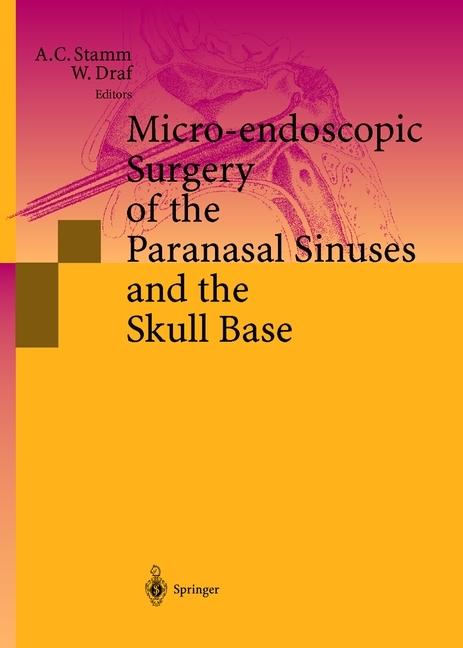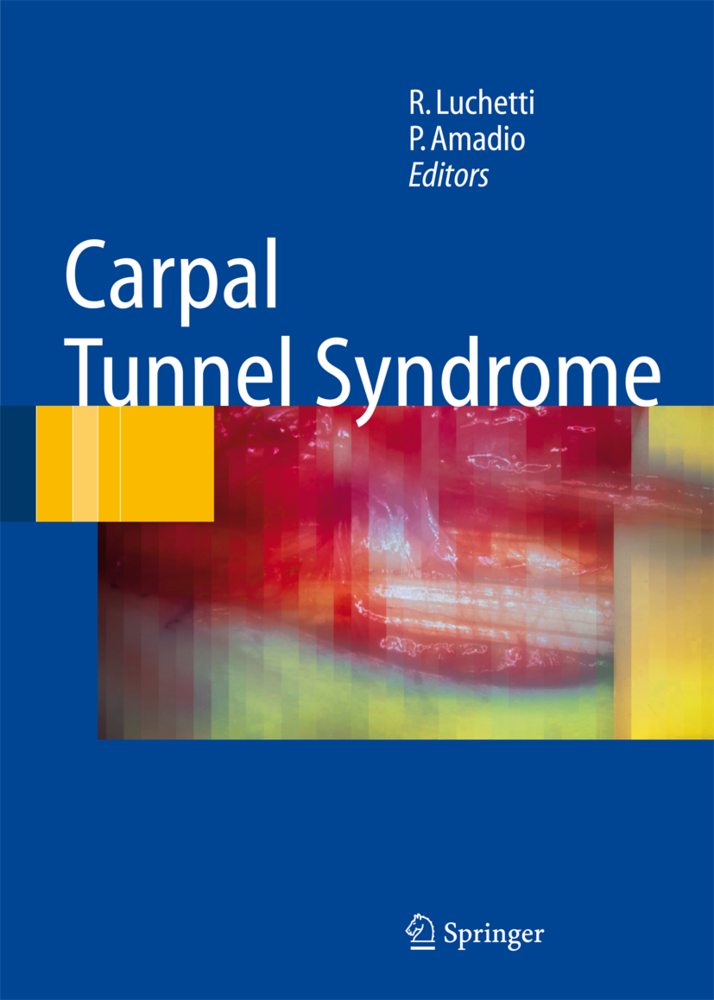Cardiac Pacing in Clinical Practice
Cardiac Pacing in Clinical Practice
Cardiac Pacement has undergone a rapid development in technique and application in the last years. Methods of cardiac pacement have become more successful but also more complicated. This book is written for internists in their practice and also for the specialists in cardiology to improve their therapeutic measures being informed about specific problems in cardiac pacement. Apart from the basics of cardiac pacement also indications, selection of pacers, implantation methods and complications are described. A special focus is on postoperative monitoring of the patient. A vast amount of illustrations is combined with very instructive text. This book is for daily practice and desk reference for practicioners and clinicians.
2 General Technical Concepts
3 The Pacing Modes
4 Indications for Permanent Pacing and Choice of Pacemaker
5 Implantation Techniques
6 Complications
7 Patient Follow-Up
8 Practical Guide to Programming
9 Pulse Generator and/or Lead Replacement
10 Conclusions
General
The Magnet Modes
Medical Emergencies in Paced Patients
Questions Asked by Paced Patients
The Simple Questions
Environmental Interference
Appendix to Chapter 2
Additional Theoretical Notions of Electricity
Additional Facts on Stimulating the Heart
Appendix to Chapter 3
Special Non-Responsive SSI Mode Functions that Control the Escape Rate
Bradycardia Diagnostic Functions
Rate Smoothing
Dynamic Overdrive
Sleep Rate
Special Non-Responsive DDD Mode Functions that Control the Escape Rate
Automatic Search of Spontaneous QRS
The Vitatron and Pacesetter Systems (AV Search Hysteresis, AVD Scanning)
Automatic Switching from AAI to DDD; the ELA System
Separate Programming of the Upper P Wave Synchronous Rate and of the Maximal Sensor Rate in DDDR Pacemakers
The Maximal Sensor Rate (MSR) is Programmed Below the Upper P Wave Synchronous Rate (UR)
The Maximal Sensor Rate Is Programmed at the Upper P Wave Synchronous Rate
The Maximal Sensor Rate Is Programmed Above the Upper P Wave Synchronous Rate
Protection Algorithms Against Atrial Arrhythmias
Lower Rate Timing of the Pacemaker
The European Pacemaker Cards and Codes 1998
Further Reading
Sources of Figures
Some Internet Addresses.
Introduction: A Short History of Cardiac Pacing
1 Brief Review of the Anatomy, Electrophysiology and Pathophysiology of the Cardiac Conduction System2 General Technical Concepts
3 The Pacing Modes
4 Indications for Permanent Pacing and Choice of Pacemaker
5 Implantation Techniques
6 Complications
7 Patient Follow-Up
8 Practical Guide to Programming
9 Pulse Generator and/or Lead Replacement
10 Conclusions
General
The Magnet Modes
Medical Emergencies in Paced Patients
Questions Asked by Paced Patients
The Simple Questions
Environmental Interference
Appendix to Chapter 2
Additional Theoretical Notions of Electricity
Additional Facts on Stimulating the Heart
Appendix to Chapter 3
Special Non-Responsive SSI Mode Functions that Control the Escape Rate
Bradycardia Diagnostic Functions
Rate Smoothing
Dynamic Overdrive
Sleep Rate
Special Non-Responsive DDD Mode Functions that Control the Escape Rate
Automatic Search of Spontaneous QRS
The Vitatron and Pacesetter Systems (AV Search Hysteresis, AVD Scanning)
Automatic Switching from AAI to DDD; the ELA System
Separate Programming of the Upper P Wave Synchronous Rate and of the Maximal Sensor Rate in DDDR Pacemakers
The Maximal Sensor Rate (MSR) is Programmed Below the Upper P Wave Synchronous Rate (UR)
The Maximal Sensor Rate Is Programmed at the Upper P Wave Synchronous Rate
The Maximal Sensor Rate Is Programmed Above the Upper P Wave Synchronous Rate
Protection Algorithms Against Atrial Arrhythmias
Lower Rate Timing of the Pacemaker
The European Pacemaker Cards and Codes 1998
Further Reading
Sources of Figures
Some Internet Addresses.
Fischer, Wilhelm
Ritter, Philippe
Hayes, D.
Ruffy, R.
| ISBN | 978-3-642-63741-4 |
|---|---|
| Artikelnummer | 9783642637414 |
| Medientyp | Buch |
| Copyrightjahr | 2012 |
| Verlag | Springer, Berlin |
| Umfang | XX, 461 Seiten |
| Abbildungen | XX, 461 p. With 2 Falttafeln. |
| Sprache | Englisch |

